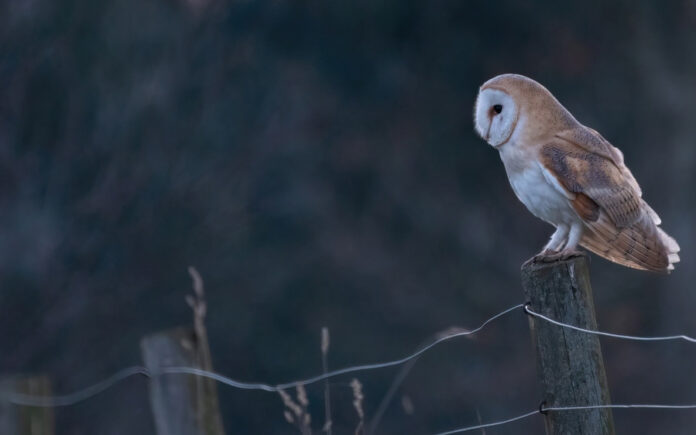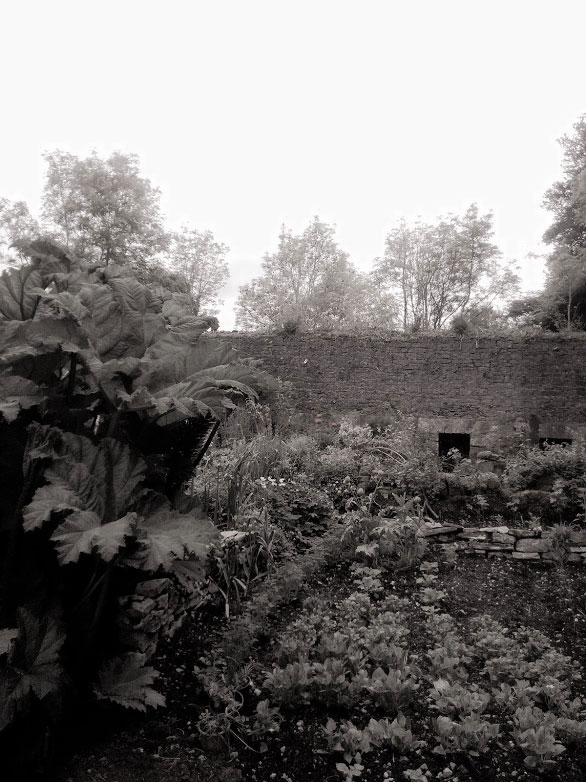The Dandelion: A Champion of Biodiversity
Those bright bursts of sunshine dotting the meadows of Marblehill aren’t just weeds as some folk think – they’re dandelions (Taraxacum officinale)! otherwise known by their Irish name Caisearbhán. Often banished from manicured lawns, dandelions are a surprising source of beauty, resilience, and even culinary and medicinal potential. So, the next time you see a dandelion, take a moment to appreciate its golden glory and the hidden wonder it holds.
The Dandelion: A Champion of Biodiversity
Often dismissed as a pesky weed, the dandelion is a surprising champion of biodiversity. Here’s why these bright yellow suns bursting from cracks in the pavement are secret heroes of the natural world:
- A Feast for All: Dandelions are a vital food source for pollinators. Their abundant pollen and nectar attract a variety of insects, including bees, butterflies, and beetles. This ensures the continuation of these vital pollinators, responsible for reproducing many of the plants we depend on for food.
- Shelter and Security: Dandelions don’t just provide sustenance; their low-growing leaves create a protective haven for small insects and invertebrates. This diverse community under the dandelion’s canopy becomes a mini-ecosystem, teeming with life.
- Seeding the Future: Those fluffy white “seeds” we love to blow on is actually a clever dispersal mechanism. Carried by the wind, they can travel long distances, establishing new dandelion populations in far-flung areas. This helps maintain a healthy balance of plant life across landscapes.
- Soil Enrichers: Dandelions have a long taproot that reaches deep into the earth, pulling up nutrients from lower levels. When the plant dies, these nutrients become available to other plants, enriching the soil and promoting healthy growth.
- Food Chain Contributor: While some might see them as a nuisance in their lawns, dandelions play a role in the food chain. Their leaves are a food source for rabbits and other herbivores, which in turn become prey for larger animals. This interconnectedness is essential for a balanced ecosystem.
So next time you see a dandelion, take a moment to appreciate its contribution to the vibrant tapestry of life. It’s a reminder that even the most common plants play a vital role in supporting the incredible biodiversity of our planet.
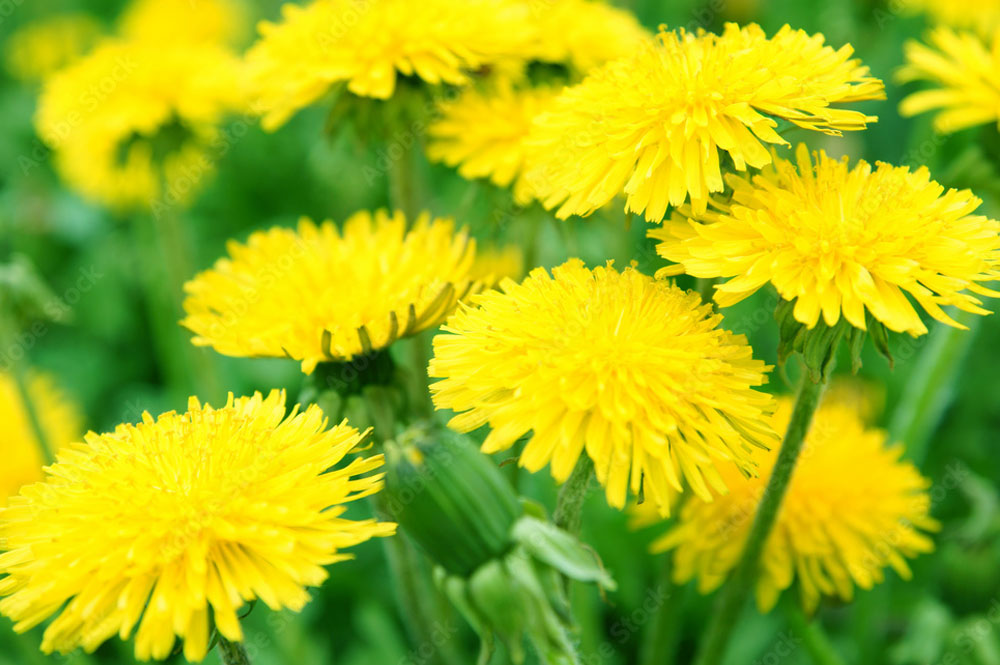
From Cheerful Blooms to Feathery Wishes
The dandelion’s charm unfolds throughout the seasons. In spring, its emerald green rosettes unfurl, followed by vibrant yellow flower heads that brighten the Marblehill meadows. These seemingly delicate blooms are surprisingly tough. As they fade, they transform into whimsical puffballs, each a tiny marvel of nature’s engineering. Take a deep breath and blow – watch in delight as the feathery seeds take flight, carrying the dandelion’s potential for a new life on the wind.
A Symbol of Tenacity: The Dandelion’s Unwavering Spirit
The dandelion’s ability to thrive in even the most challenging conditions is truly inspiring. It pops up in neglected lawns, sunny meadows, and even cracks in the pavement. This unwavering spirit makes the dandelion a symbol of hope and perseverance, a reminder that life can find a way even in the most difficult circumstances.
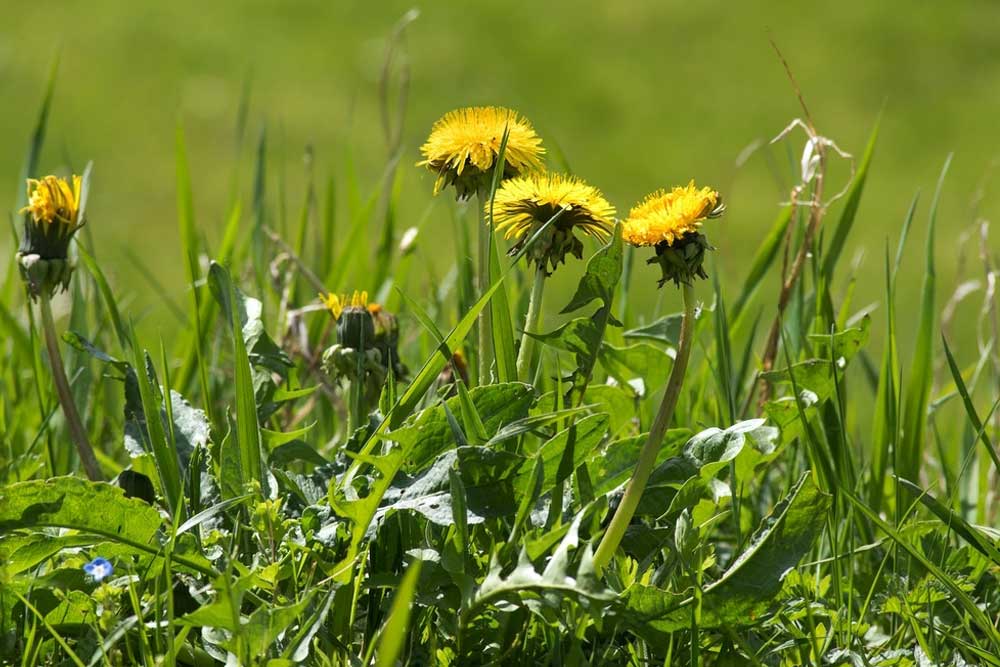
Beyond the Weed Patch: Exploring the Dandelion’s Potential
There’s more to the dandelion than meets the eye. The young, tender leaves add a peppery kick to salads, while the sunny blooms can be transformed into dandelion wine or tea. Dandelion root, roasted and ground, can even be enjoyed as a coffee substitute.
A Word of Caution: If you plan to use dandelions for culinary or medicinal purposes, make sure you harvest from unsprayed areas. It’s also wise to consult with a qualified herbalist before using dandelion root medicinally.
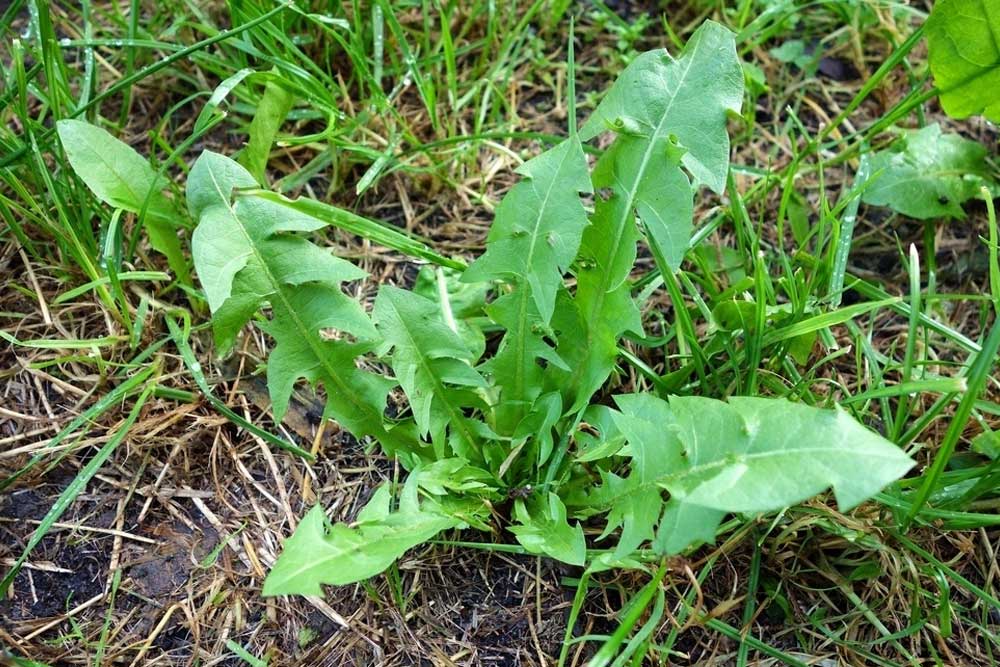
From Dyes to Medicine: A Plant of Many Talents
The dandelion’s uses extend far beyond the kitchen. The bright yellow flowers yield a beautiful golden dye for wool or fabric. Traditionally, dandelion root has also been used for various medicinal purposes, although scientific evidence to support these claims is limited. Regardless, the dandelion’s ability to beautify and nourish makes it a plant worthy of respect and appreciation.
A Vital Part of the Ecosystem: The Dandelion’s Hidden Role
Dandelions play a crucial role in the Marblehill ecosystem. Their deep taproots help aerate the soil and draw up valuable nutrients. The bright yellow flowers attract pollinators like bees and butterflies, essential for the reproduction of many native wild Irish flowering plants. Dandelions also provide a food source for wildlife, from rabbits nibbling on the leaves to birds feasting on the seeds.
A Shift in Perspective: Appreciating the Dandelion’s Wonder
So, the next time you see a dandelion at Marblehill, resist the urge to banish it. Instead, take a moment to appreciate its cheerful beauty, its tenacious spirit, and the valuable role it plays in the delicate balance of nature. Perhaps even consider incorporating dandelions into your diet or using them for natural dyes. The dandelion may be a common sight, but it’s a plant with hidden depths waiting to be explored. By looking beyond the label of “weed,” we can discover the wonder that dandelions offer – a reminder that beauty and resilience can often be found in the most unexpected places.


